Digital Humanities Outreach and Media Fragmentation
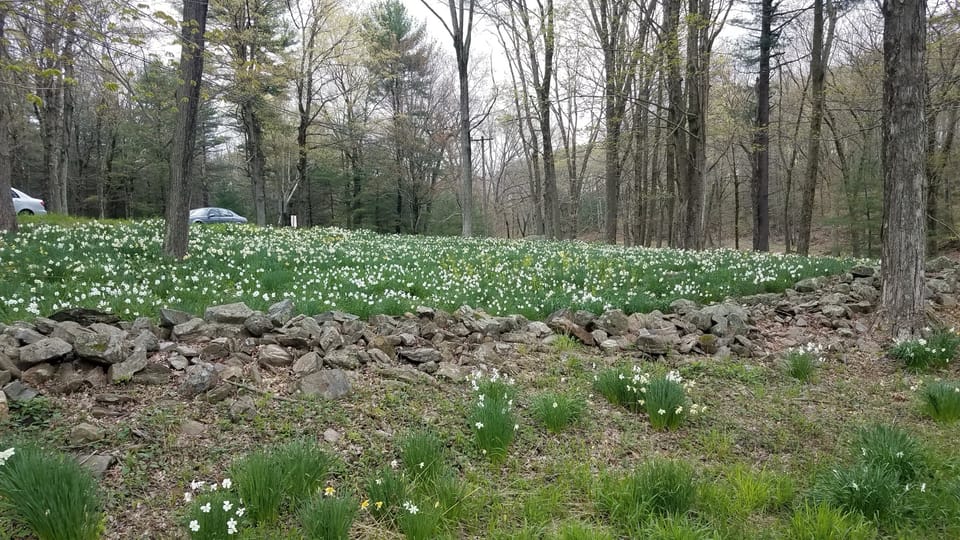
Reaching an audience for a digital humanities project used to be straightforward. It isn’t anymore. The fragmentation and toxicity of social media have made it profoundly more difficult for DH projects to connect with their communities.
In the 2000s, the blogosphere created a tight-knit community of DH practitioners. Announcing a new project was as simple as posting on a blog and counting on friends in your blogroll to amplify your post. This was the media environment into which my colleagues at the Roy Rosenzweig Center for History and New Media launched Zotero. In the 2010s, Twitter served much the same function at an even greater scale, effectively replacing the DH blogosphere. This was the environment into which we launched Omeka, relying on friends to retweet and spread the word about new features, resources, and model projects.
But the golden age of Twitter was short-lived. By 2016, it had started its descent into the swamp it is today. DH practitioners dropped out or fled to other networks like Instagram, Mastodon, or Bluesky. While some of these networks show promise, all are impoverished by comparison, and none provide access to the whole DH community. In a very real sense, the "DH community" was a product of 2000s blogging and 2010s Twitter. Without those central channels, that unified community has ceased to exist.
This brings me to Sourcery, the platform we’re building to provide humanities researchers a single point of access to remotely-held archival documents. If we were promoting Sourcery in 2005 or 2015, we could have found our users easily. Today, that's no longer true. (It also didn’t help that we originally launched the first version of Sourcery at the American Historical Association annual meeting in January 2020, just six weeks before the start of the COVID-19 shutdowns.)
With the pandemic behind us, we have a second chance to launch Sourcery’s original peer-to-peer fulfillment model this fall. But the outreach problem remains. In the absence of a central social media channel, how will we reach the critical mass of researchers necessary to make Sourcery’s marketplace self-sustaining?
Our answer is to go back to basics with a three-pronged strategy:
- A City-by-City Launch. We’ll begin with a phased, geographic rollout, starting in the Boston and New York metro areas before expanding to Washington, Philadelphia, and beyond. This focus allows for a more direct and concentrated outreach effort in each location.
- Community Ambassadors. In each launch city, trained ambassadors will be on the ground to answer questions, onboard new users, and ensure document requests are filled, seeding a healthy local community from day one.
- Old-Fashioned Outreach. We are returning to the channels our users still monitor: more conference presentations, direct emails, and physical posters on department hallways and bulletin boards.
The collapse of social media as a reliable outreach channel is a challenge for all digital humanities projects. With Sourcery, our solution is to rebuild community from the ground up, city by city. We’re betting on the power of place and personal connection in a fragmented digital world.
I’ll let you know how it goes.

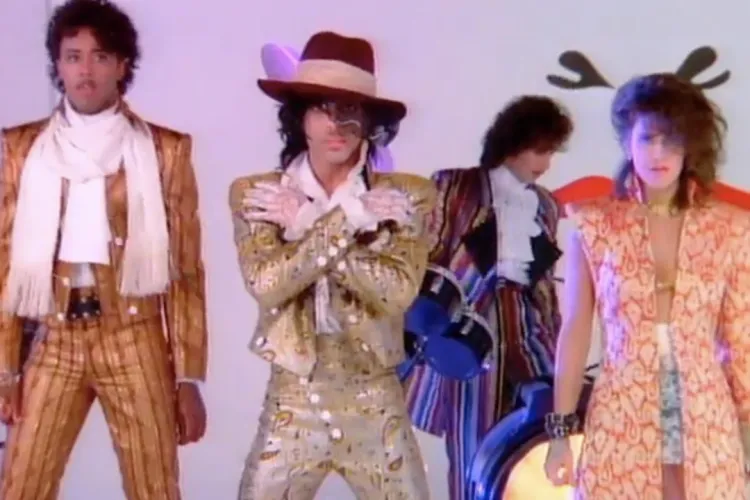
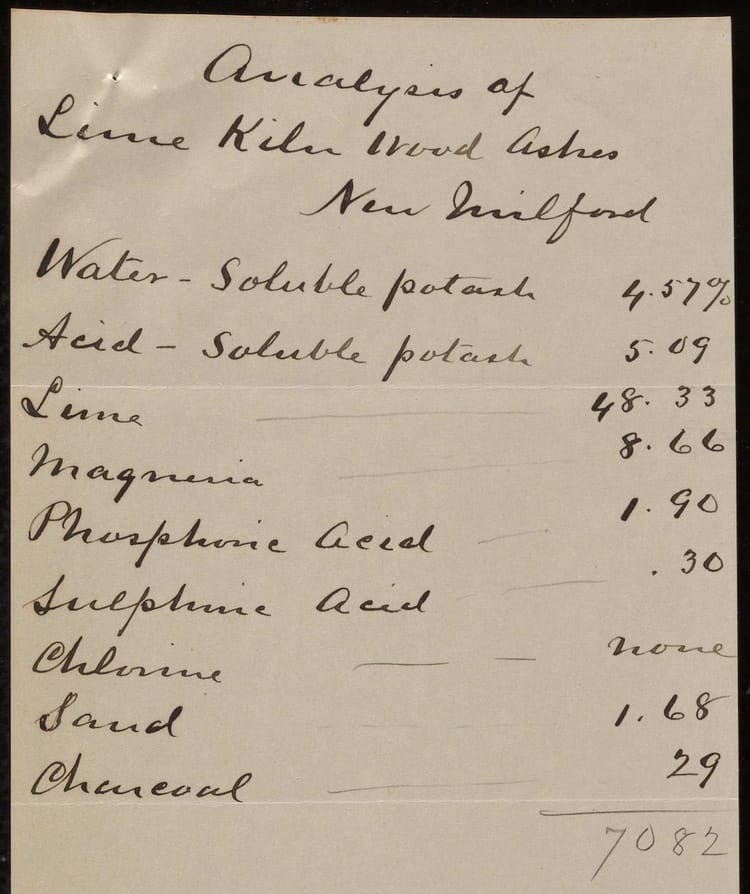
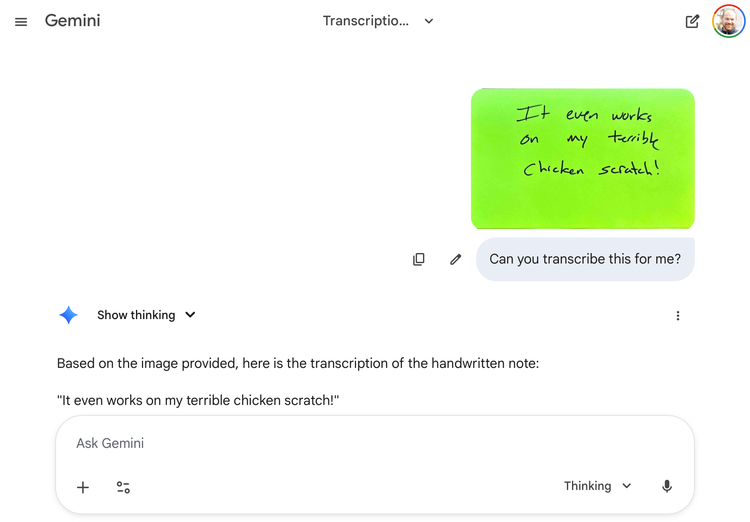

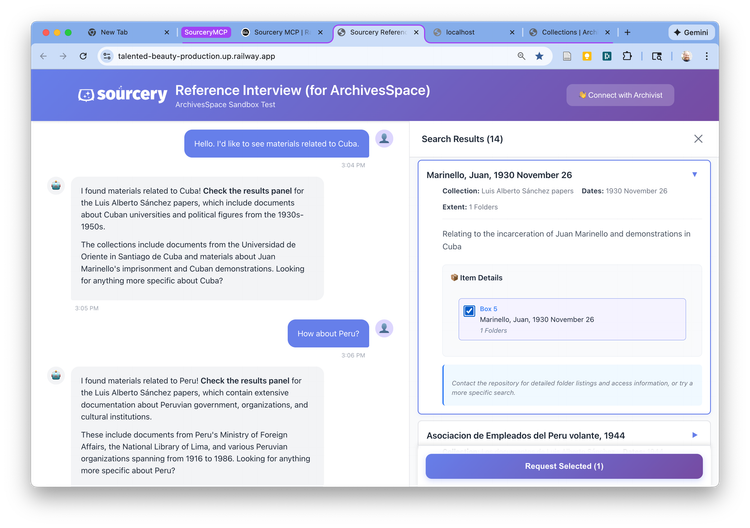
Member discussion